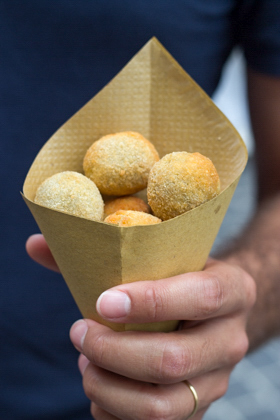
A street snack of olive ascolane (breaded and deep-fried local olives stuffed with meat) – a specialty of Ascoli Piceno
As we enter Le Marche from Romagna, there continues to be hilltop towns, some with forts and the patchwork of green gives way to yellow. We pass field after field of sunflowers interspersed with vineyards and olive groves.
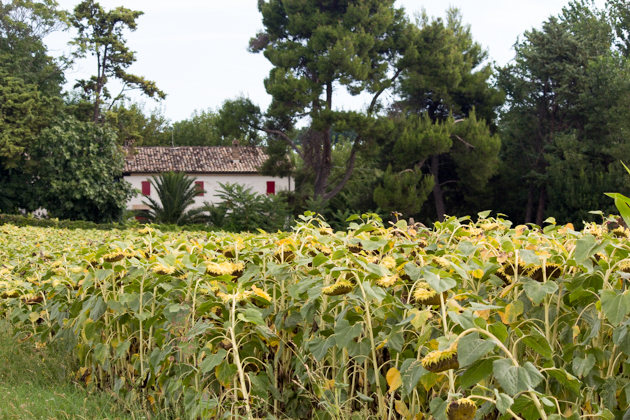
Fields of sunflowers in Le Marche
My previous post was on Le Marche‘s coastline but similar to Tuscany and Umbria, the region also has historic towns to wander around in and beautiful cafés to enjoy. You can choose from local seafood along the Adriatic coast or porchetta (pork roasted with fennel, rosemary, and garlic) or skewered game birds (such as quail, pigeons, and partridges) from the interior of the region.
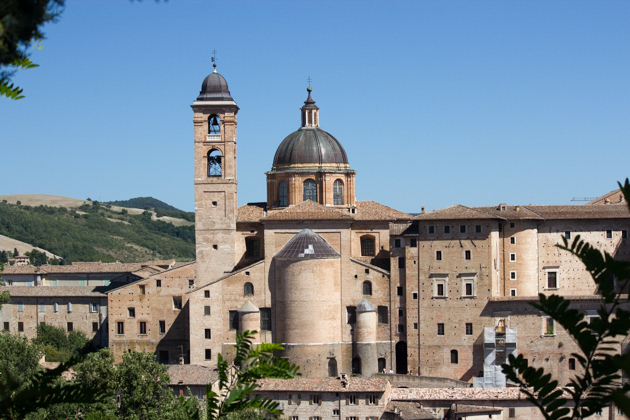
Urbino
Urbino
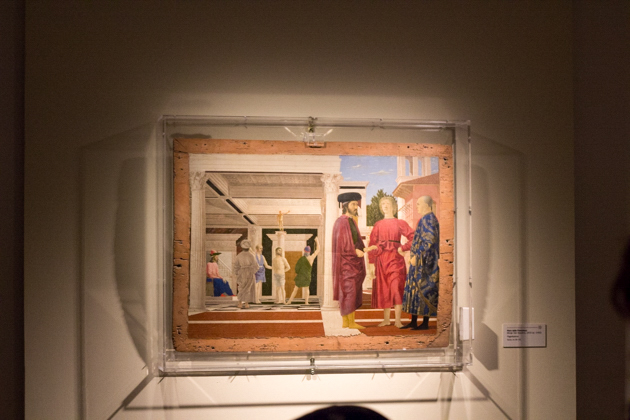
Painting by Piero della Francesca in the National Gallery
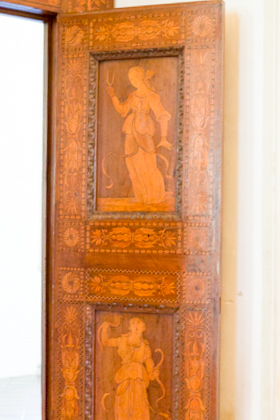
Wood inlay in the Palazzo Ducale
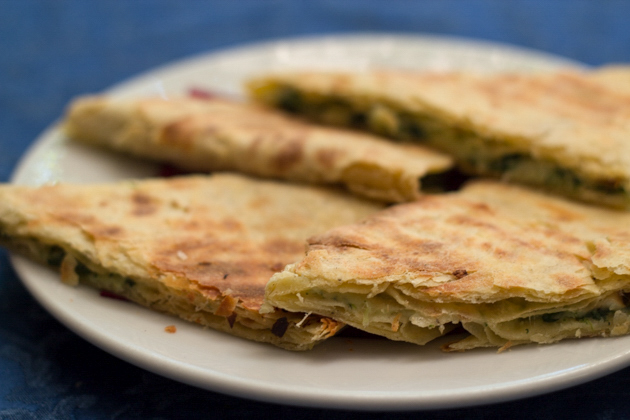
Crescia sfogliata (a flakey flatbread with chard and potato)
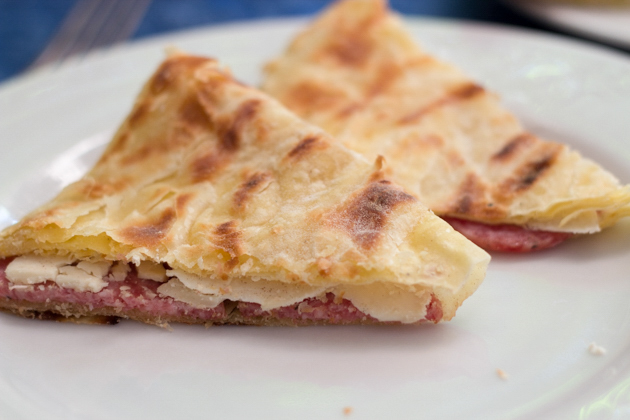
Crescia sfogliata filled with salame ciascuolo and formaggio di fossa (cave aged cheese)
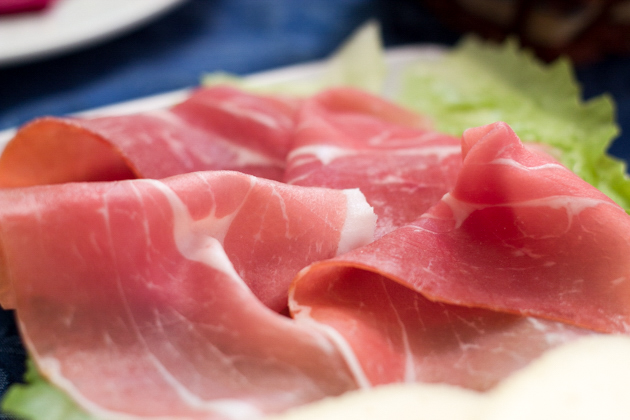
Prosciutto di Carpegna
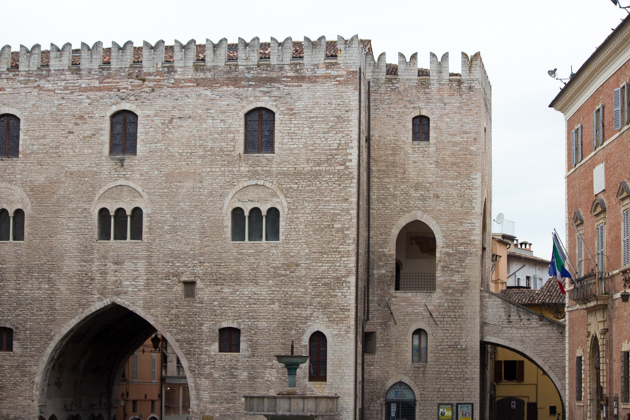
Fabriano
Fabriano
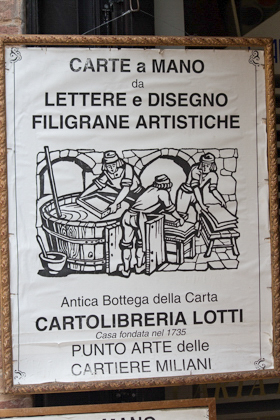
A sign for an artisan paper shop depicting the traditional process for Fabriano paper
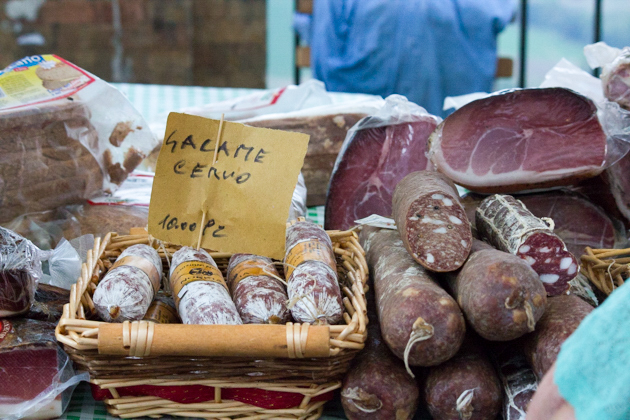
A selection of local salumi with salame di Fabriano on the far right
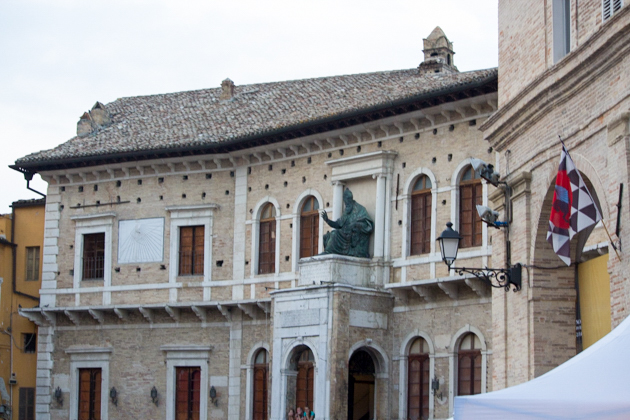
Piazza del popolo, Fermo
Fermo
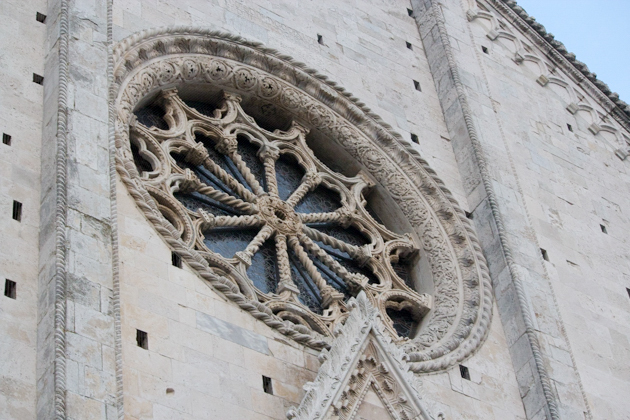
Outside of the duomo
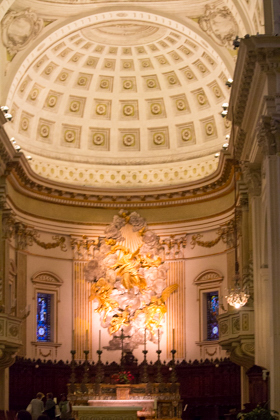
Inside the duomo
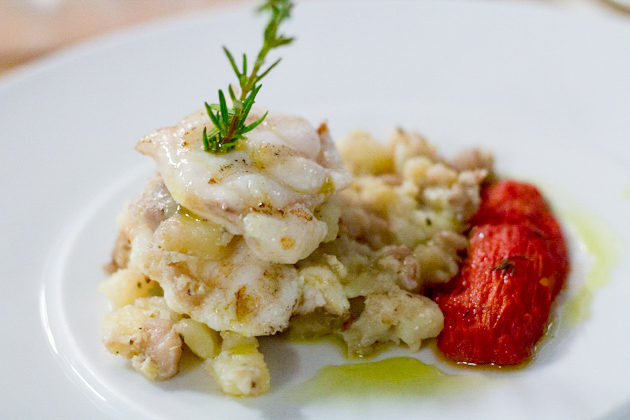
Rana pescatrice con patate al potacchio (monkfish and potato cooked “al potacchio“)
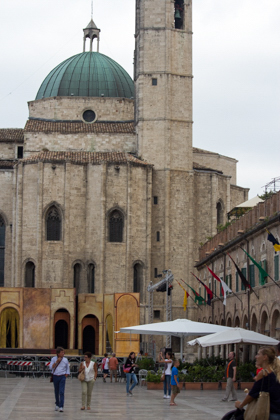
Piazza del Popolo in Ascoli Piceno
Ascoli Piceno
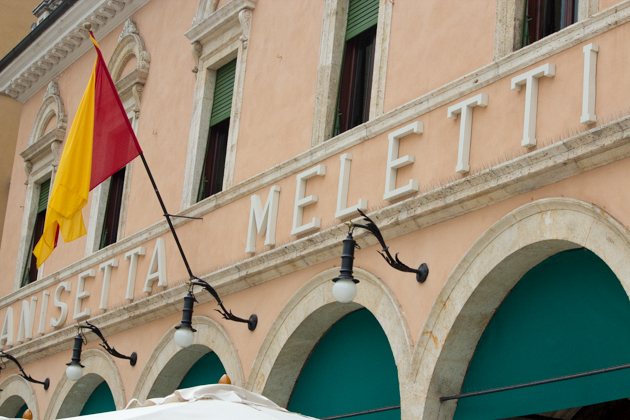
Caffe Meletti
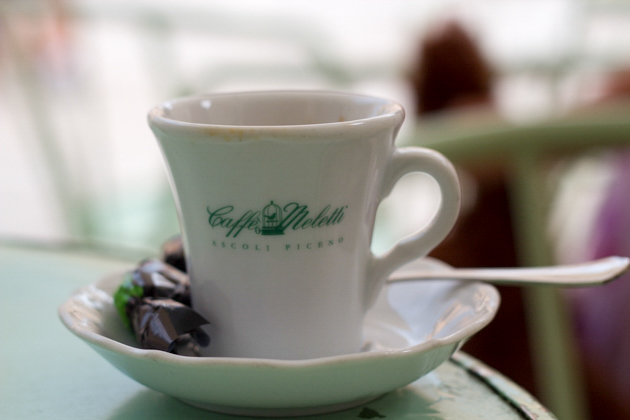
Sit and enjoy a caffe on the square
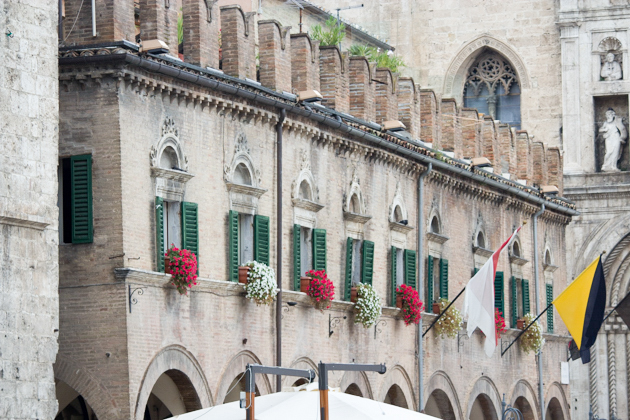
Piazza del Popolo, Ascoli Piceno
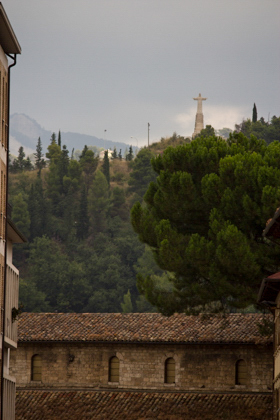
View from Ascoli Piceno
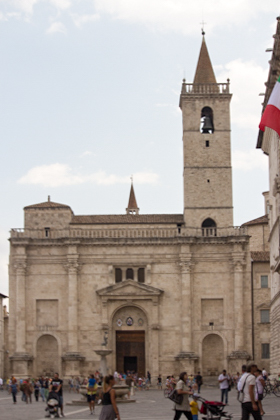
The cathedral of Sant’Emidio
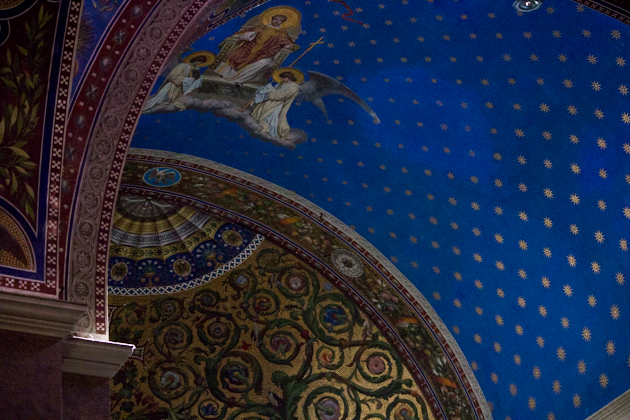
Inside the cathedral of Sant’Emidio
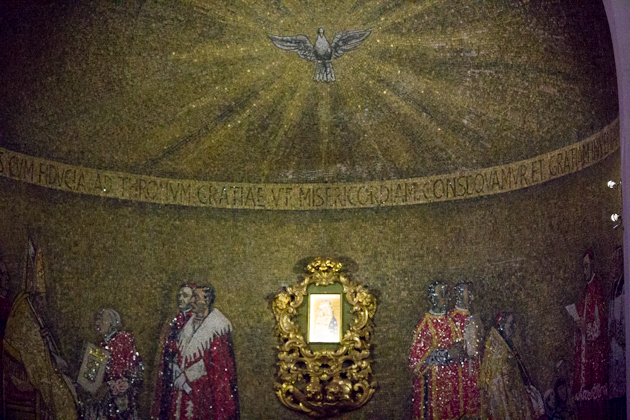
Inside the cathedral of Sant’Emidio
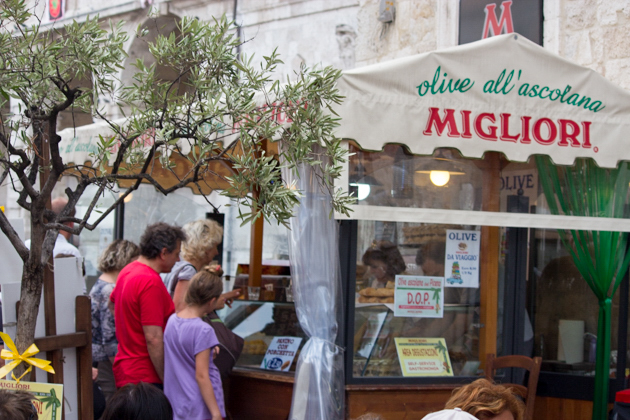
Migliori, famous for their olive ascolane
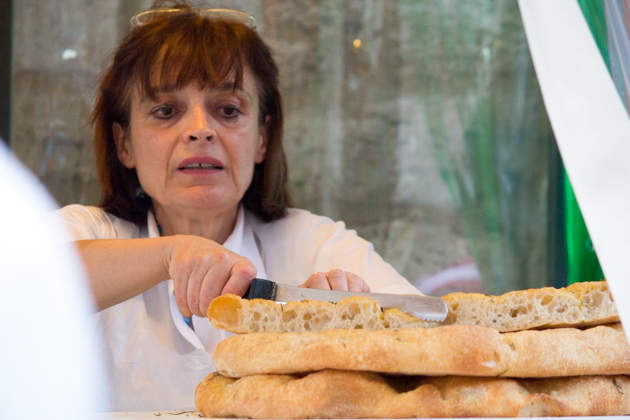
Focaccia at Migliori
To read more about Le Marche, see here.
If you enjoyed this post, please share it with friends and family. Buon appetit0!
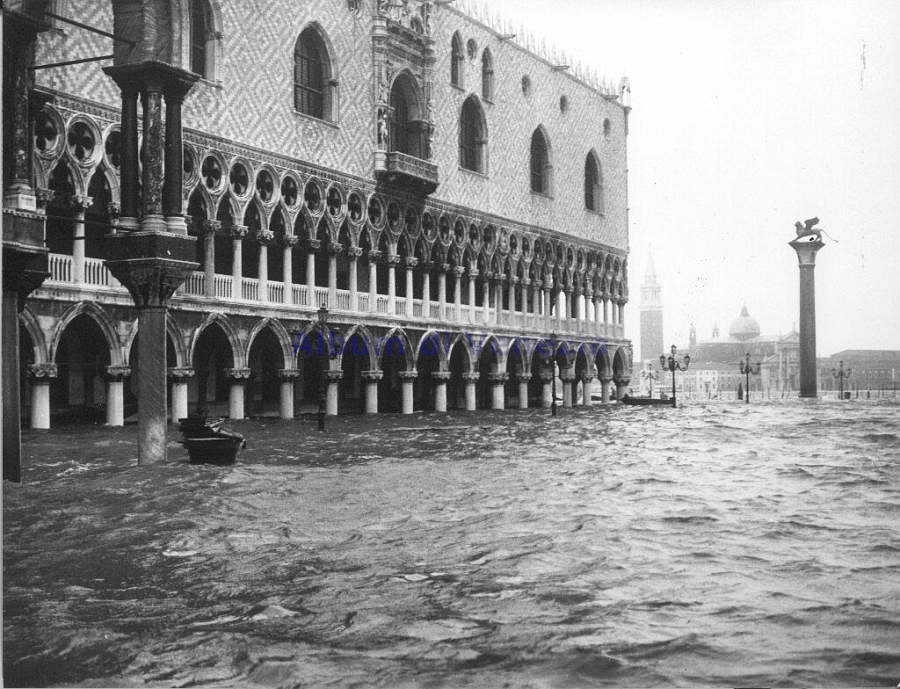
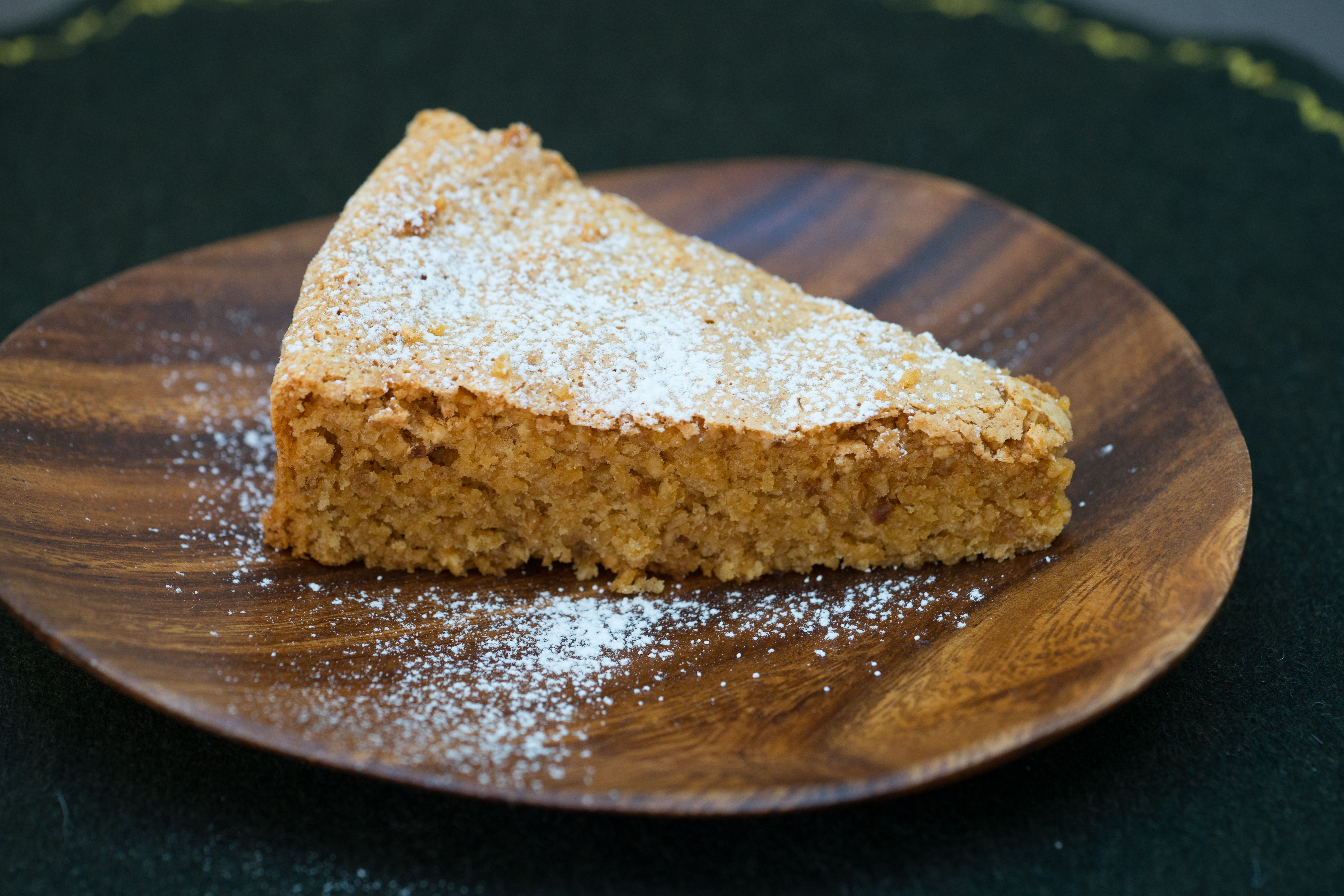
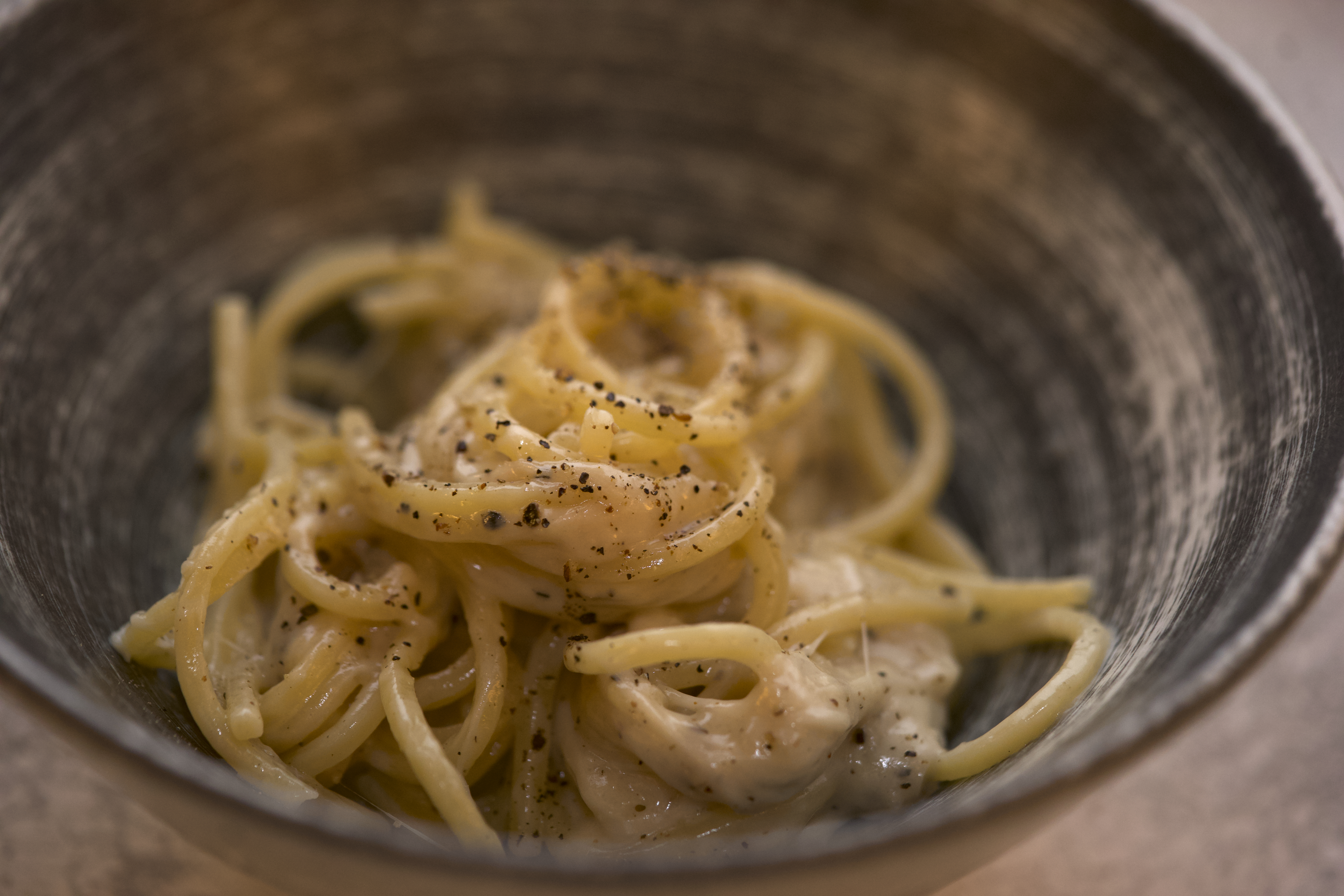
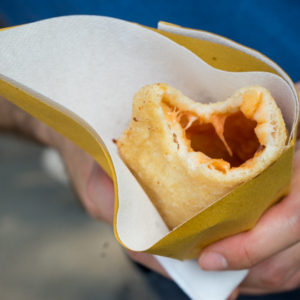
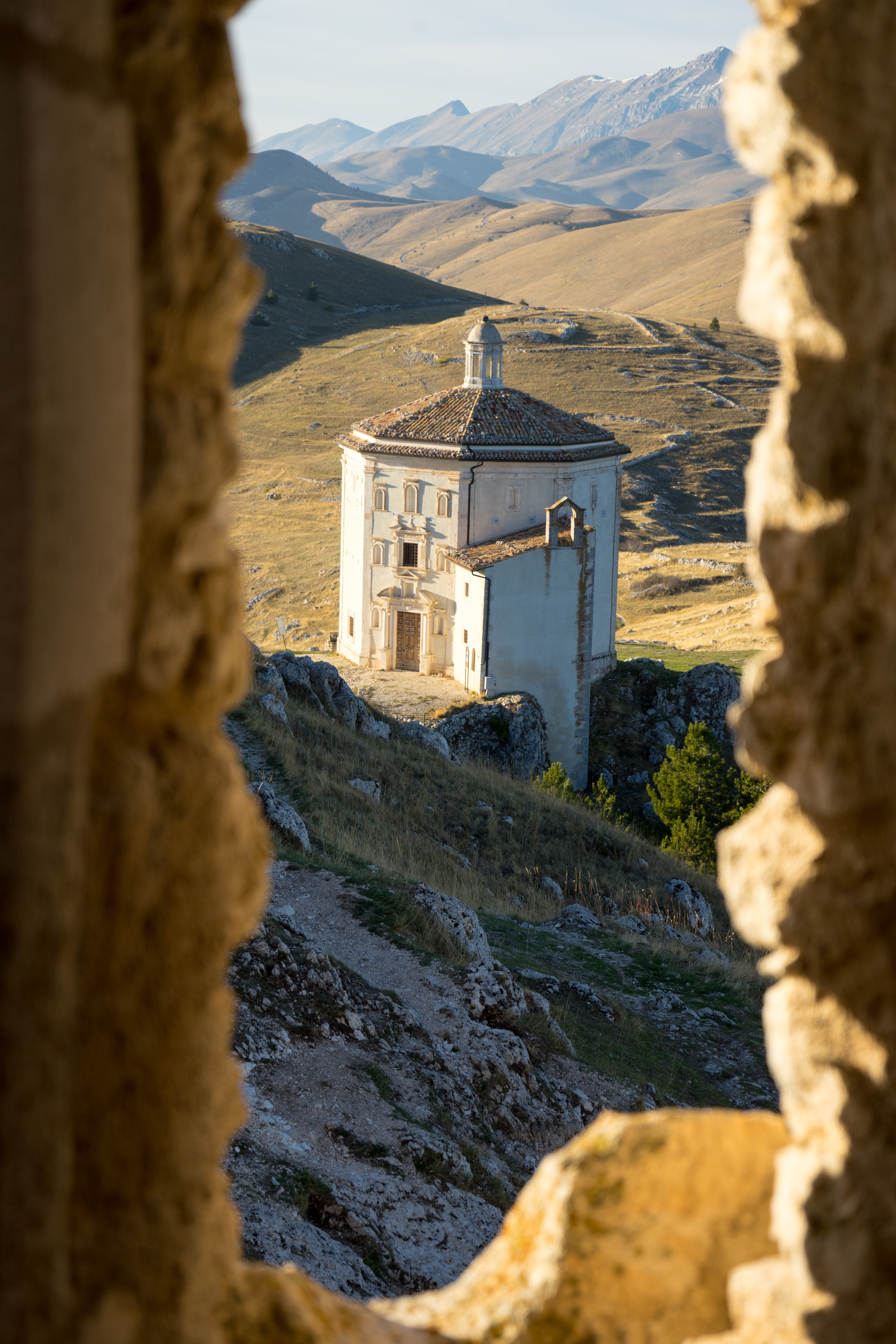
We have lived full time in Le Marche for the last 8 years, since buying and renovating our 300 year old farmhouse in 2001. It really is a wonderful, unspoilt place and so few tourist have yet to discover the beauty of Marche. Please do come and see for yourself – the stunning Conero National Park, just south from Ancona and the wonderful wild mussels, which can be eaten straight on the beach. Portonovo is one of the very few places they still grow wild. From here, don’t forgot to explore inland and the Sibillini National Park. Hike all day in beautiful, peaceful surroundings – a photographer and artists delight. The many hill top towns and villages are just waiting to be discovered – Amandola, Sarnano and San Ginesio, to name just a few. And then there is Ascoli Piceno, older than Rome and with one of the most beautiful piazzas in the whole of Italy, the white travertine will dazzle you. Sit in the famous Meletti Cafe and watch the world go by. Do come and discover Marche for yourself. If you are looking for accommodation whilst coming to stay in the area, marcheownersdirect.com are a group of like minded holiday home owners who have have years and years of experience and tips for the perfect holiday. Between them they have farmhouses and apartments, boutique hotels, agriturismos and bed and breakfasts and love talking about and sharing advice and information. Do come and visit us in Le Marche – You certainly won’t be disappointed!
I totally agree. Anyone who travels to this part of the world cannot help but fall in love with it. I adore Ascoli Piceno. We will be back and next time we will try one of your holiday homes.